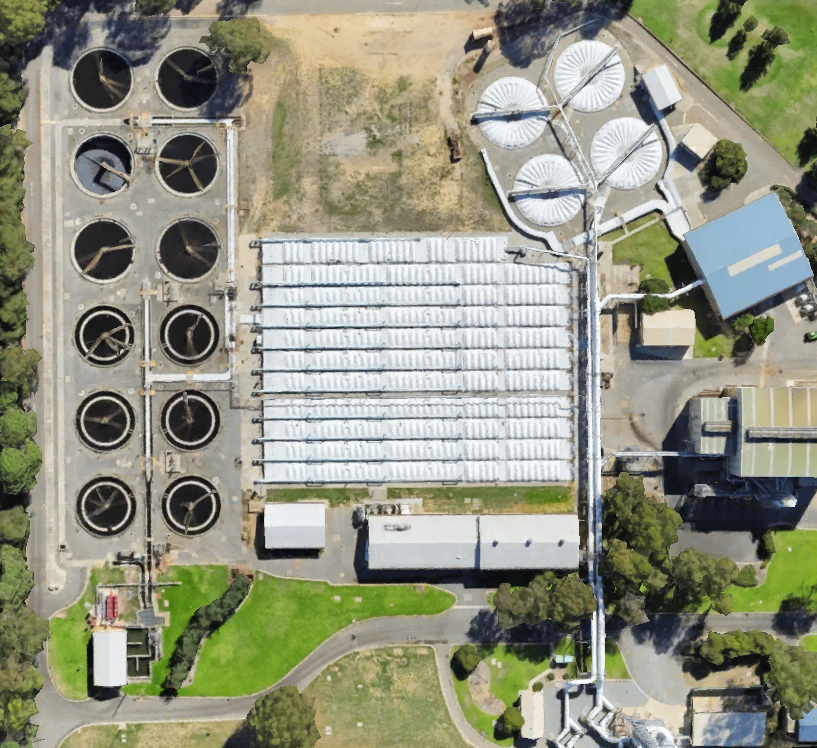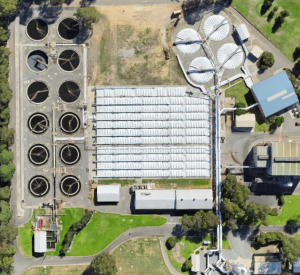
COVID-19 Wastewater
Western Australia has recently expanded COVID-19 public health surveillance to include wastewater testing.
This testing is extremely sensitive and detects minuscule amounts of SARS-CoV-2 RNA in wastewater.
The detection is an alert tool to warn health officials and the community to increase vigilance for COVID-19 symptoms and review public health control measures. This program led by WA Health is a great example of leadership and innovation in this field, joining other states who have rolled out the program.
Whilst SARS-CoV-2 RNA may be detected locally in WA it does not always mean that there are active cases in the region of detection.
- The RNA particles detected in wastewater are most likely to be dead virus particles
- People who have recovered from COVID-19 can have live and dead virus in their faeces for many weeks after recovering and release from quarantine
- Some areas become tourist hot spots especially during school holidays (e.g. Broome and Margaret River) with people visiting from the East Coast where recent cases have been recorded
- Essential FIFO workers who have travelled from the East Coast from regions with recent cases may be working/travelling through the in the area
- In the absence of recent outbreaks current active case detection whilst possible is unlikely.
Wastewater is treated to eliminate a variety of microorganisms including viruses before being returned to the environment. World Health Organisation (WHO) and Water Services Association of Australia advise that there is no evidence that coronavirus is transmitted in water.
There is no need to fear for the safety and quality of our local water supplies which have been tested as safe to drink.

21 October 2020

